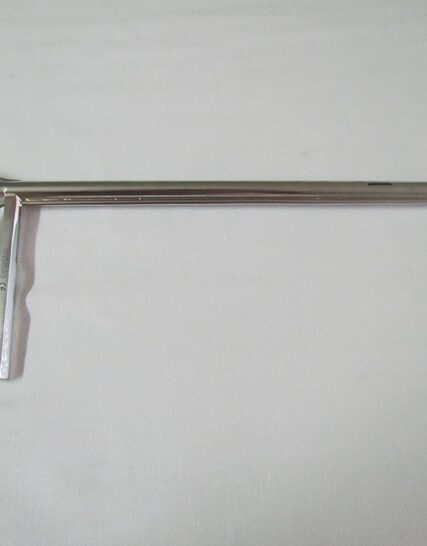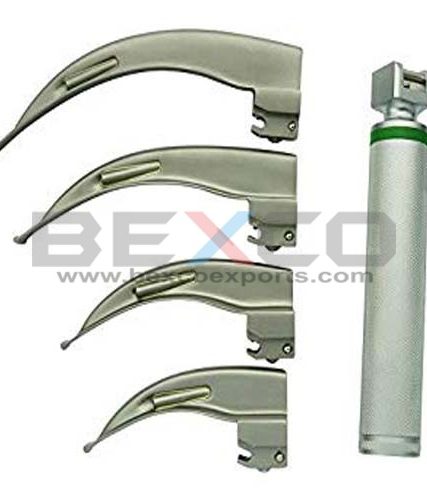Subtotal: $6,324.00
Short term obligations (also known as current liabilities) are the liabilities payable within a short period of time, usually one year. Here, we’ll go over how to calculate the current ratio and how https://www.quick-bookkeeping.net/fixed-asset-turnover-ratio-formula-calculator/ it compares to some other financial ratios. Companies have different financial structures in different industries, so it is not possible to compare the current ratios of companies across industries.
- When a company is drawing upon its line of credit to pay bills as they come due, which means that the cash balance is near zero.
- If so, we could expect a considerable drawdown in future earnings reports (check the maximum drawdown calculator for more details).
- Analysts may not be concerned due to Apple’s ability to churn through production, sell inventory, or secure short-term financing (with its $217 billion of non-current assets pledged as collateral, for instance).
- The acid test ratio or the quick ratio calculates the ability to pay off current liabilities with quick assets.
- You calculate your business’s overall current ratio by dividing your current assets by your current liabilities.
- The current ratio is a rough indicator of the degree of safety with which short-term credit may be extended to the business.
Download The Free Current Ratio Formula Template
However, an examination of the composition of current assets reveals that the total cash and debtors of Company X account for merely one-third of the total current assets. In other words, it is defined as the total current assets divided by the total current liabilities. A high current ratio is generally considered a favorable sign for the company.
How the Current Ratio Changes Over Time
It is one of a few liquidity ratios—including the quick ratio, or acid test, and the cash ratio—that measure a company’s capacity to use cash to meet its short-term needs. The current ratio is called current because, unlike some other liquidity ratios, it incorporates all current assets and current liabilities. Current assets listed on a company’s balance sheet include cash, accounts receivable, inventory, and other current assets that are expected to be liquidated or turned into cash in less than one year. The current ratio compares all of a company’s current assets to its current liabilities.
Get Your Question Answered by a Financial Professional
Ask a question about your financial situation providing as much detail as possible. Our writing and editorial staff are a team of experts holding advanced financial designations and have written for most major financial media publications. Our work has been directly cited by organizations including Entrepreneur, Business Insider, Investopedia, Forbes, CNBC, and many others. Our goal is to deliver the most understandable and comprehensive explanations of financial topics using simple writing complemented by helpful graphics and animation videos. We follow strict ethical journalism practices, which includes presenting unbiased information and citing reliable, attributed resources. Finance Strategists is a leading financial education organization that connects people with financial professionals, priding itself on providing accurate and reliable financial information to millions of readers each year.
The prevailing view of what constitutes a “good” ratio has been changing in recent years, as more companies have looked to the future rather than just the current moment. Some lenders cost of goods sold definition and investors have been looking for a 2-3 ratio, while others have said 1 to 1 is good enough. It all depends on what you’re trying to achieve as a business owner or investor.
To calculate the ratio, analysts compare a company’s current assets to its current liabilities. If a company has to sell of fixed assets to pay for its current liabilities, this usually means the company isn’t making enough from operations to support activities. The current ratio is a liquidity and efficiency ratio that measures a firm’s ability to pay off its short-term liabilities with its current assets. The current ratio is an important measure of liquidity because short-term liabilities are due within the next year. The current ratio, therefore, is called “current” because, in contrast to other liquidity ratios, it incorporates all current assets (both liquid and illiquid) and liabilities.
It’s the most conservative measure of liquidity and, therefore, the most reliable, industry-neutral method of calculating it. Because inventory levels vary widely across industries, in theory, this ratio should give us a better reading of a company’s liquidity than the current ratio. Your ability to pay them is called “liquidity,” and liquidity is one of the first things that accountants and investors will look at when assessing the health of your business. what happens if you can’t pay your taxes Note that the value of the current ratio is stated in numeric format, not in percentage points.You can obtain the exact values of particular factors of this equation from the company’s annual report (balance sheet). For the last step, we’ll divide the current assets by the current liabilities. The Current Ratio is a measure of a company’s near-term liquidity position, or more specifically, the short-term obligations coming due within one year.
Therefore, applicable to all measures of liquidity, solvency, and default risk, further financial due diligence is necessary to understand the real financial health of our hypothetical company. Another practical measure of a company’s liquidity is the quick ratio, otherwise known as the “acid-test” ratio. One limitation of the current ratio emerges when using it to compare different companies with one another.
After almost a decade of experience in public accounting, he created MyAccountingCourse.com to help people learn accounting & finance, pass the CPA exam, and start their career. Note the growing A/R balance and inventory balance require further diligence, as the A/R growth could be from the inability to collect cash payments from credit sales. https://www.quick-bookkeeping.net/ The limitations of the current ratio – which must be understood to properly use the financial metric – are as follows. As a general rule of thumb, a current ratio in the range of 1.5 to 3.0 is considered healthy. Often, the current ratio tends to also be a useful proxy for how efficient the company is at working capital management.
The current ratio is one of the oldest ratios used in liquidity analysis. Current assets refer to cash and other resources that can be converted into cash in the short-term (within 1 year or the company’s normal operating cycle, whichever is longer). The volume and frequency of trading activities have high impact on the entities’ working capital position and hence on their current ratio number. Many entities have varying trading activities throughout the year due to the nature of industry they belong.












